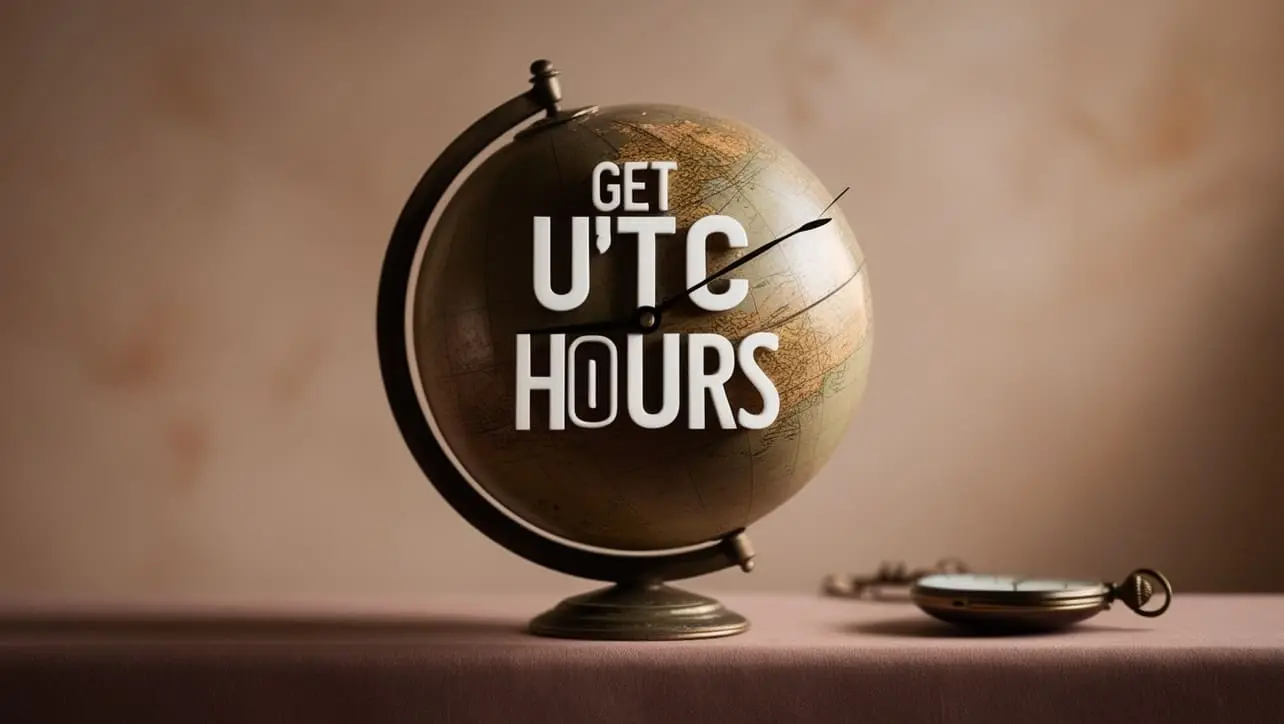
JS Topics
- JS Intro
- JS File Handling
- JS Array Methods
- JS Console Methods
- JS Date Methods
- getDate()
- getDay()
- getFullYear()
- getHours()
- getMilliseconds()
- getMinutes()
- getMonth()
- getSeconds()
- getTime()
- getTimezoneOffset()
- getUTCDate()
- getUTCDay()
- getUTCFullYear()
- getUTCHours()
- getUTCMilliseconds()
- getUTCMinutes()
- getUTCMonth()
- getUTCSeconds()
- now()
- parse()
- setDate()
- setFullYear()
- setHours()
- setMilliseconds()
- setMinutes()
- setMonth()
- setSeconds()
- setTime()
- setUTCDate()
- setUTCFullYear()
- setUTCHours()
- setUTCMilliseconds()
- setUTCMinutes()
- setUTCMonth()
- setUTCSeconds()
- toDateString()
- toISOString()
- toJSON()
- toLocaleDateString()
- toLocaleString()
- toLocaleTimeString()
- toString()
- toTimeString()
- toUTCString()
- UTC()
- valueOf()
- JS Navigator Methods
- JS Node Methods
- JS Number Methods
- JS String Properties
- JS String Methods
- JS Window Methods
- JS Cookies
- JS Interview Programs
- JS Star Pattern
- JS Number Pattern
- JS Alphabet Pattern
JavaScript Date getUTCHours() Method

Photo Credit to CodeToFun
🙋 Introduction
Manipulating dates and times is a common requirement in programming, and JavaScript provides various methods to make this task easier. One such method is getUTCHours(), which allows you to retrieve the hour component of a date in Coordinated Universal Time (UTC).
In this guide, we'll explore the getUTCHours() method, understand its syntax, usage, and delve into best practices and practical examples.
🧠 Understanding getUTCHours() Method
The getUTCHours() method is part of the Date object in JavaScript and is used to obtain the hour component of a date in UTC. It returns an integer representing the hour, ranging from 0 to 23.
💡 Syntax
The syntax for the getUTCHours() method is straightforward:
dateObject.getUTCHours();- dateObject: The Date object from which you want to retrieve the UTC hours.
📝 Example
Let's look at a simple example to illustrate the usage of the getUTCHours() method:
// Creating a Date object for the current date and time
const currentDate = new Date();
// Getting the UTC hours
const utcHours = currentDate.getUTCHours();
console.log(`Current UTC Hours: ${utcHours}`);In this example, we create a Date object representing the current date and time, and then use getUTCHours() to obtain the UTC hours.
🏆 Best Practices
When working with the getUTCHours() method, consider the following best practices:
Understand UTC vs. Local Time:
Be aware that
getUTCHours()returns the hour component in UTC. If local time is required, consider using getHours() instead.example.jsCopiedconst localHours = currentDate.getHours();Handle Timezone Differences:
When dealing with dates from different timezones, ensure proper handling of timezone differences to avoid inaccuracies in calculations.
📚 Use Cases
Displaying UTC Time:
The primary use case for
getUTCHours()is displaying the UTC hours in your application or website:example.jsCopiedconst utcHours = currentDate.getUTCHours(); console.log(`Current UTC Hours: ${utcHours}`);Custom Time Formatting:
You can use
getUTCHours()as part of custom time formatting, creating strings in a specific format:example.jsCopiedconst hours = currentDate.getUTCHours(); const minutes = currentDate.getUTCMinutes(); const formattedTime = `${hours}:${minutes}`; console.log(`Formatted UTC Time: ${formattedTime}`);
🎉 Conclusion
The getUTCHours() method is a valuable tool when working with dates in JavaScript, especially in scenarios where UTC representation is crucial.
By adhering to best practices and exploring diverse use cases, you can harness the full potential of the getUTCHours() method in your JavaScript projects.
👨💻 Join our Community:
Author

For over eight years, I worked as a full-stack web developer. Now, I have chosen my profession as a full-time blogger at codetofun.com.
Buy me a coffee to make codetofun.com free for everyone.
Buy me a Coffee












If you have any doubts regarding this article (JavaScript Date getUTCHours() Method), please comment here. I will help you immediately.